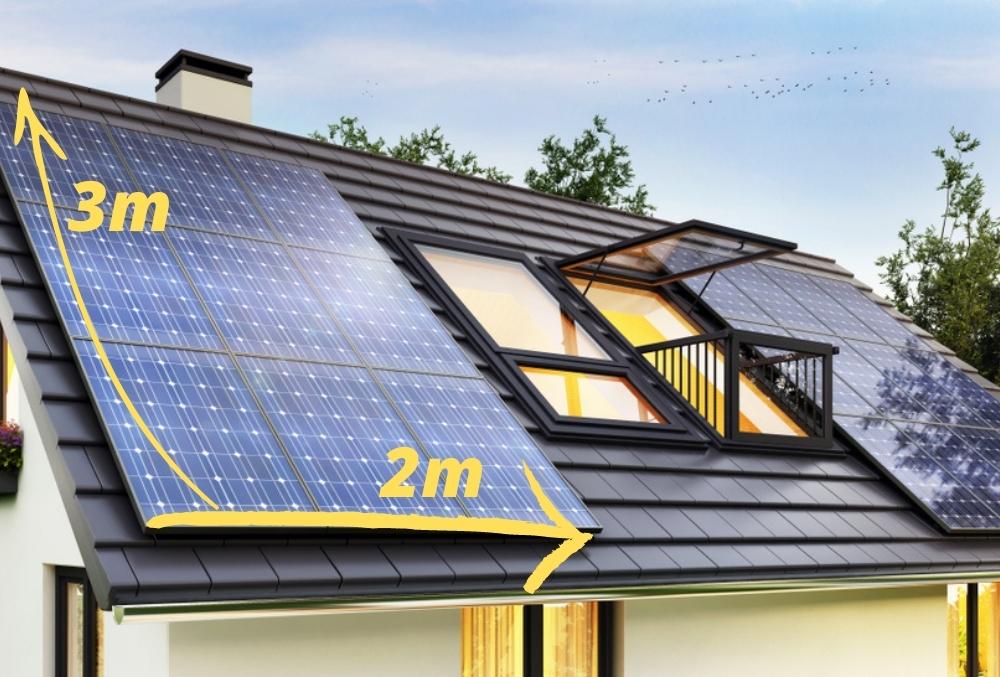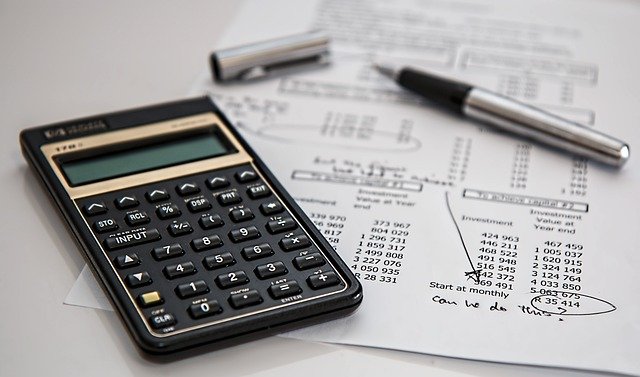Sustainable Housing in Australia 2025: Exploring Modular and Eco-Friendly Options
In 2025, Australians are turning to sustainable housing solutions that combine modular design with eco-conscious construction. From modern prefabricated homes to innovative materials, the focus is on affordability, energy efficiency, and environmentally responsible living across the country.

Why are modular homes gaining popularity in Australia?
Modular homes are rapidly gaining traction in Australia due to several key factors. Firstly, these homes offer significant time savings in construction, with many projects completed in a fraction of the time required for traditional builds. This efficiency is particularly appealing in urban areas where housing demand is high. Additionally, modular construction allows for greater quality control, as components are manufactured in controlled factory environments, reducing the risk of weather-related delays and inconsistencies.
Another crucial factor driving the popularity of modular homes is their adaptability. As families grow or lifestyles change, modular designs can often be easily expanded or reconfigured to meet new needs. This flexibility is particularly valuable in a country where housing preferences and requirements can vary greatly across different regions and demographics.
What are the benefits of sustainable construction techniques?
Sustainable construction techniques offer a multitude of benefits for both homeowners and the environment. One of the primary advantages is the reduced environmental impact. These techniques often involve the use of recycled or renewable materials, which helps to conserve natural resources and minimize waste. Additionally, sustainable construction methods typically result in buildings with lower energy requirements, reducing long-term operational costs and carbon footprints.
Another significant benefit is improved indoor air quality. Sustainable homes often incorporate materials and finishes that emit fewer volatile organic compounds (VOCs), creating healthier living environments for occupants. This focus on health and well-being aligns with the growing trend of wellness-centered design in Australia.
What can we expect from affordable eco-friendly housing?
Affordable eco-friendly housing in Australia is set to become more accessible and diverse by 2025. We can expect to see a wider range of options that cater to different budgets and preferences, from compact urban apartments to larger family homes in suburban areas. These homes will likely incorporate a mix of passive design principles and active technologies to maximize energy efficiency and comfort.
One exciting development is the integration of smart home technologies in affordable eco-friendly housing. Features such as automated climate control, energy monitoring systems, and water-saving devices are becoming standard, allowing residents to optimize their resource usage and further reduce living costs.
Which energy efficiency features are common in modern homes?
Modern homes in Australia are incorporating a variety of energy efficiency features to reduce consumption and costs. Solar panels have become increasingly common, with many new builds including them as standard. These systems are often paired with home battery storage solutions, allowing homeowners to maximize their use of renewable energy.
High-performance insulation and double or triple-glazed windows are also becoming standard features, helping to maintain comfortable indoor temperatures with minimal reliance on heating and cooling systems. Additionally, energy-efficient appliances, LED lighting, and smart meters are widely adopted to further reduce energy consumption.
How are prefabricated designs shaping the future of urban living?
Prefabricated designs are revolutionizing urban living in Australia by offering solutions to some of the most pressing challenges faced by cities. These designs allow for faster construction of multi-story buildings, helping to address housing shortages in densely populated areas. The precision of prefab components also enables architects to create more complex and innovative designs that maximize space efficiency without compromising on aesthetics or functionality.
Furthermore, prefabricated designs are facilitating the development of mixed-use buildings that combine residential, commercial, and community spaces. This approach to urban planning promotes walkable neighborhoods and reduces the need for commuting, contributing to more sustainable and livable cities.
What are the cost implications of sustainable prefab homes in Australia?
When considering sustainable prefabricated homes in Australia, it’s important to understand the cost implications. While initial costs may be comparable to or slightly higher than traditional construction methods, the long-term savings can be significant.
| Housing Type | Average Cost (AUD) | Energy Efficiency Rating | Estimated Annual Energy Savings |
|---|---|---|---|
| Traditional Home | 300,000 - 400,000 | 3-4 Stars | Baseline |
| Basic Prefab Home | 250,000 - 350,000 | 5-6 Stars | 20-30% |
| High-End Sustainable Prefab | 400,000 - 500,000 | 7-8 Stars | 40-50% |
Prices, rates, or cost estimates mentioned in this article are based on the latest available information but may change over time. Independent research is advised before making financial decisions.
The cost of prefabricated sustainable homes can vary widely depending on factors such as size, location, and specific features. However, many homeowners find that the initial investment is offset by reduced construction time, lower labor costs, and significant long-term savings on energy bills. Additionally, some states offer incentives for sustainable home construction, which can further reduce overall costs.
In conclusion, the future of sustainable housing in Australia looks promising, with modular and eco-friendly options becoming increasingly accessible and sophisticated. As technology advances and awareness grows, we can expect to see even more innovative solutions that balance affordability, sustainability, and comfort. The shift towards prefabricated and sustainable homes is not just a trend but a necessary evolution in how we approach housing in the face of environmental challenges and changing urban landscapes.




